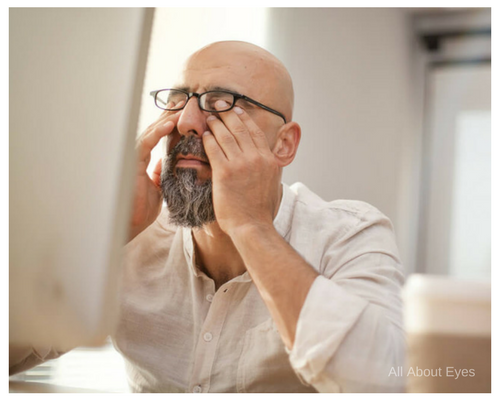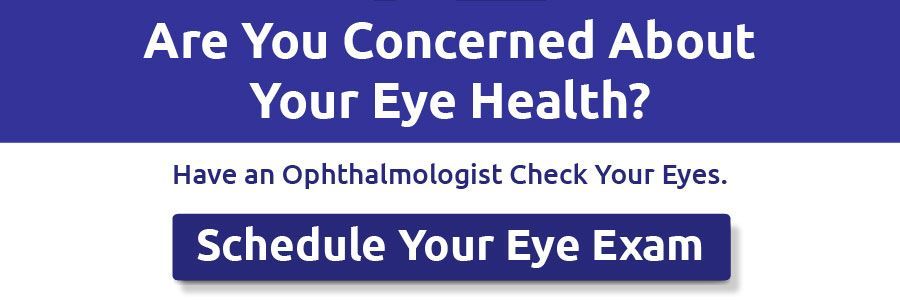What You Should Know About Eye Fatigue
 “Tired eyes” or eye fatigue is most often the result of eye strain (asthenopia) caused by visually intense tasks like reading fine print, hours of computer use, or driving long distances. Poor lighting can be a culprit too. On the other end of the spectrum, exposing your eyes to too much brightness or glare, like when watching a ball game or gardening on a sunny day, can also cause eye fatigue. So can too little sleep.
“Tired eyes” or eye fatigue is most often the result of eye strain (asthenopia) caused by visually intense tasks like reading fine print, hours of computer use, or driving long distances. Poor lighting can be a culprit too. On the other end of the spectrum, exposing your eyes to too much brightness or glare, like when watching a ball game or gardening on a sunny day, can also cause eye fatigue. So can too little sleep.
When you’re visually concentrating on something for long periods of time, you unconsciously clench the muscles of your eyelids, face, temples, and jaw. These muscles become tired from overuse, which often leads to more clenching and further discomfort.
Eyes that feel achy, weak, or heavy-feeling (tired) are typically the first symptoms of eye fatigue, but you may notice other related symptoms, such as:
- Headaches
- Back, neck, and shoulder pain
- Blurred vision
- Double vision
- Eye redness or irritation
- Dry eyes
- Watery eyes
- Sensitivity to light
Eye fatigue does not lead to long-term vision problems or eye damage, but its symptoms may be treated by:
- Optimizing your reading light with more illumination and less glare
- Increasing the resolution and text size on your computer screen
- Adjusting the distance between your eyes and what they’re reading
- Looking around every 15 minutes to give your eyes a break
- Blinking more or using OTC tear substitute to relieve dry eye discomfort
Eye strain symptoms are often felt by people with nearsightedness, farsightedness, or astigmatism and these eye disorders cannot remediated with the treatment options above.
If it’s been over a year since your last comprehensive eye exam and you’ve noticed a recurring pattern of eye fatigue, you may need corrective lenses or a new eyeglass prescription.
Schedule an eye examination with one of our doctors by filling out this online form or calling 865-579-3920.






